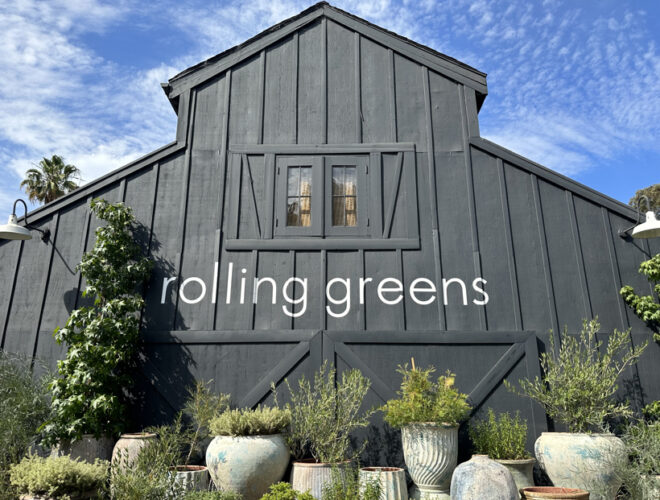Have you ever jealously watched a co-worker gobble down a beautiful, crunchy, healthy-looking salad for lunch that they just had delivered from Door Dash? Meanwhile, you sadly try to swallow bites of your soggy, boring sandwich that you have been eating for the past week because you are trying to save money and avoid the extra calories from take-out food. Your lunch experience needs an upgrade!
Although many of us are working from home these days, having a delicious and healthy lunch that doesn’t take lots of time to prepare is still important. In fact, working from home can actually make you less likely to prepare a healthy lunch while you sit at your desk snacking like a chipmunk from your refrigerator stash instead. With sandwiches being messy to make and eat and not having a great week-long shelf life, there is a better option! Enter the JAR SALAD! “What?” you may say. “Is that even filling? Where do you put the dressing? Does it really last all week?”
Having made jar salads for lunch for the past two years, I can assure you that The Jar Salad is really the sustainable way to go to ensure that you eat a healthy lunch that is pre-prepared for your work days. It’s a great way to get your veggies in every day while keeping calories in check if you want to lose (or prevent) the Covid-19-pounds. Jar salads are also convenient travel lunches if you are heading on a long hike or road trip over the weekend.
Invest in a collapsable silicone bowl with a lid to dump your jar salad into when ready to eat. Otherwise it is tricky to eat your packed jar unless you enjoy eating one layer at a time…boring! You will also need at least 5 large (32 oz.) mason jars with lids.

Anatomy of a Jar Salad
Here’s how it works:
- Jar salads have five components that are LAYERED from bottom to top: salad dressing, crunchy vegetables, a protein and/or grain, leafy greens, and nuts or seeds. You can also top the salad with cheese cubes or crumbled feta or goat cheese.
- Buy your ingredients at the grocery store the weekend BEFORE you plan on eating them. For example, if you need the salads by Monday, you will buy your groceries between Thursday and Sunday and do food prep Sunday night.
- If you are using grains or beans that have been cooked, make sure they are fully cooled and drained before adding to the jar – unless your goal is to wilt all your vegetables!
- Plan on preparing 5 jar salads on Sunday night. This will give you a jar salad for lunch Monday through Friday. When prepared appropriately, Jar Salads last 5-7 days, but I usually am tired of them by the weekend and make a soup at that point for Saturday and Sunday.
- Layering and an airtight seal are important! Non-creamy dressings go at the bottom always (I usually store creamy dressings in a separate travel container – it sticks less to the jar). Then proteins and veggies are layered in order of hardness of the ingredient so they can keep their firmness next to the dressing. Lettuce and soft items go towards the top. The jar should be packed well to minimize air at the top.
- Don’t invert your jar salad until you are ready to eat them or the dressing will mix with all the ingredients, making things soggy. Store jars upright in the refrigerator.

Anatomy of a Jar Salad
Sunday night is jar-prep night. Throw on your apron and your favorite music (or tv show), and pull out your ingredients. Take the lids off all the jars and line them up. Then start to layer in each jar:
- Add the dressing to the bottom of each jar. It can be super simple: a few splashes of apple cider vinegar, olive oil, salt, and pepper. The dressing should reach about ¼” from the bottom of the jar. You can pour in a few tablespoons of prepared dressing too if you are in a rush.
- Add the legumes, if using. These stand up well to sitting in dressing and even marinate nicely. If not using legumes, add the onions or another hard, crunchy vegetable.
- Layer the other vegetables or grains in any order, except the fragile leafy greens.
- Stuff the rest of the jar with leafy greens until the jar is well packed.
- Top with a sprinkle of nuts or seeds.
- Top with cheese if using.
Screw the lid on tightly. Take a photo of your beautiful jar salad babies. Stash them in the fridge and pull one out every day as needed.
Vegetarian jar salads last longer than ones containing meat or fish. There are many vegetarian proteins you can use, such as lentils, beans, seasoned and baked tempeh cubes, seiten, chopped veggie burger, boiled egg, and baked or fresh tofu. For grains, turn to cooked quinoa, farro, pasta, brown rice, bulgar wheat, or barley. Pinterest is a great source for jar salad recipes!

Anatomy of a Jar Salad
There are so many varieties of jar salads out there and you can customize based on your tastes and dietary restrictions. I hope this lesson liberates you from the soggy sandwich and encourages you to experiment with the wonderful world of vegetables, legumes, and grains just waiting to be eaten!
Disclaimer:
Nurse in the Kitchen articles on the CultureHoney.com Site contain information relating to healthy and nutritional living. This information and is not meant to diagnose, treat, or prescribe to particular individuals. The information contained in these articles should not be used to replace the advice of your physician. Reliance on any information provided by CultureHoney.com, CultureHoney.com contributors, or others appearing on the Site at the invitation of CultureHoney.com, is solely at your own risk.





